If you are reading this from a cold climate zone, however, please CLICK HERE for your January Garden to-do list. Now, without further rambling…
Here are some our hit list items on the January Gardening To-Do List for Zones 9-11.
In the Garden & Greenhouse
-
- Plant from seed: Onions, beets, radish, carrots, corn, cucumbers, winter peas, squash, gourds, zucchini, turnips, watermelon. You can also keep doing many greens like arugula, lettuces, mustards, and komatsuna greens (or bok choi).
-
- From Seedlings: Cabbage, collard greens, eggplants or peppers, Swiss chard, tomatoes. If it’s a warm winter, then I also plant potatoes and sweet potatoes now. If we are honest, I would still plant them on a cooler winter (just because).
-
- Harvest: All tropical spinaches, ginger, turmeric, African potato mint, galangal. Harvest tomatoes, peppers, and eggplants as they ripen. If you have extra, leave a few on your neighbors front porch.
-
- Bring in cuttings from tropical spinaches (longevity, Okinawa, Surinam, Bele, South Sea Salad) so you have “insurance” if they freeze off during the winter. Also, save slips (cuttings) from your most successful sweet potato vines and and start rooting them in water indoor.
-
- Watch tomatoes and squash for any signs of powdery mildew. If you see anything, give them a quick spray with Basic H and organic Neem Oil and you’ll be all set.
-
- Turn the compost pile every week to keep things decomposing over the winter. Add an occasional bucket of water to keep moisture levels up, especially if there are a lot of leaves in the pile.
-
- Apply winter soil probiotic and microbial spray (We use a product called BioAg, which is produced in Kansas City, MO).
-
- Start planning for your first time fertilizing in late February or early March (order compost, fish emulsion, etc). Typically I do my first foliar spray at the end of February and the compost and/or soil amendments in early March.
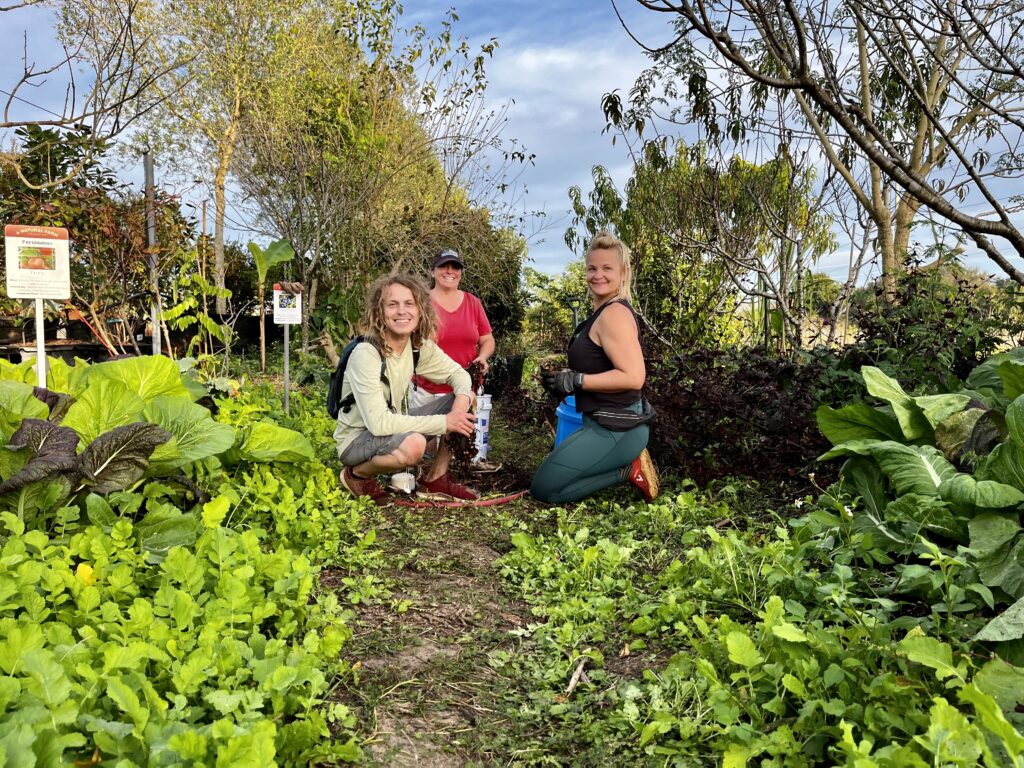
In the Food Forest
-
- Plant: Loquats, peaches, plums, pears, nectarines, mulberries, blueberries, elderberries, figs, persimmons, and other cold hardy trees.
-
- Prune existing peaches, plums, pears, nectarines, mulberries, etc. Remove branches that are preventing light from getting to other branches. Open and airy scaffold structure is best to promote fruiting. This is the most optimal month for pruning (all trees except mango and avocado).
-
- First Year Flower / Fruit Removal: Personally, I always remove the flowers / fruit from trees the first year or two they are in the ground. This allows all the energy to go to healthy root and branch development. If you leave even a few flowers / fruit, then the tree will automatically take up more phosphorus and potassium, instead of focusing on getting established.
-
- Prune existing peaches, plums, pears, nectarines, mulberries, etc. Remove branches that are preventing light from getting to other branches. Open and airy scaffold structure is best to promote fruiting. This is the most optimal month for pruning (all trees except mango and avocado).
-
- Grafting Scions: Get avocado cuttings and start grafting. This is a great month to graft avocados in most (subtropical / tropical) areas. CLICK HERE FOR A TUTORIAL
-
- If you slacked off this winter and did not refresh your wood chips, then this is your last chance to do it before spring. 6-10″ deep, go out as far as the drip line of the tree, and keep chips and mulch a few inches away from the trunk.
-
- Do NOT fertilize fruit trees until mid-February.
In the Shed
-
- Check mouse traps frequently. Add cotton balls with peppermint oil to deter rodents.
-
- Finish oiling up any tools that got missed.
-
- Refinish and moisturize wooden handles of tools with Danish oil.
-
- Spray out old plastic pots and clean up the corners of the shed.
-
- Look for online sales for any equipment that need to be replaced.
In the Chicken Coop
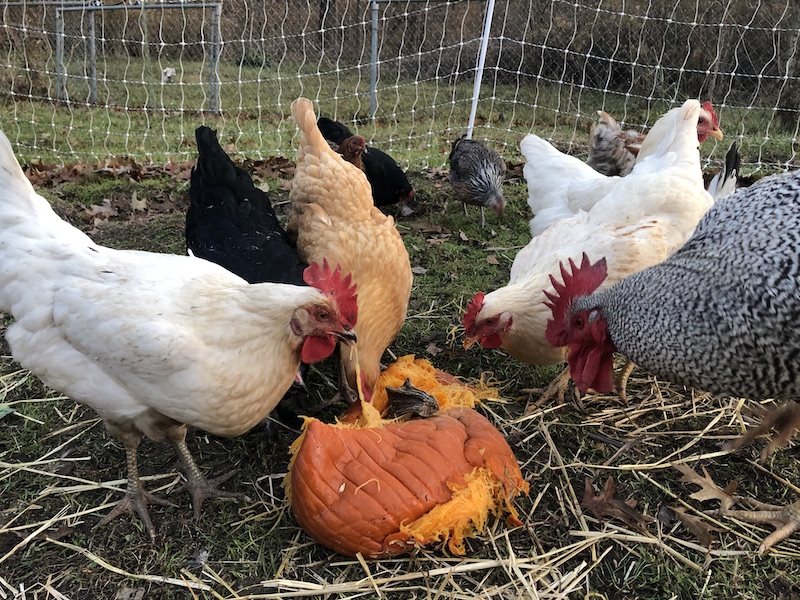
-
- Feed extra protein (meal worms, black oiled sunflower seeds, bugs, etc.) to help them during their recovery season.
-
- Do NOT use supplemental lighting to increase egg production. Chickens need this off season to let their bodies rest. Let them have a natural rhythm of rest too.
-
- Add a small amount of corn or millet to their diet to help with caloric intake in the winter months. This helps keep them warm naturally. NEVER use heat lamps in a coop or run.
-
- Purchase suet blocks (>5% protein) as you see them on sale. The fat content helps birds stay warm for the winter. (click here for more tips on keeping birds warm)
-
- Rotate straw and bedding in the coop to keep things clean and sanitary.
-
- Add garden and flower bed cuttings to their run for them to “go through” and eat bugs and seeds before composting them.
-
- Feed spent pumpkin and squash (from fall decor) to chickens. It helps boost their immune systems and can be a preventative for worms. NOTE: Pumpkin seeds are NOT a proven treatment for worms, but a great as part of your preventative maintenance regime. You may need to break them open for the birds to get at the inner meat of the pumpkins.
-
- Give healthy protein / omega 3 treats: One cheep way to do this is to go to a local pet store and get feeder fish (cheep minnows). Put them into a shallow tray (with a bit of water) and watch the birds catch them! You can also purchase live crickets from pet stores and feel them fresh veggies for a day or two. Feed several per day to your birds for a healthy winter treat.
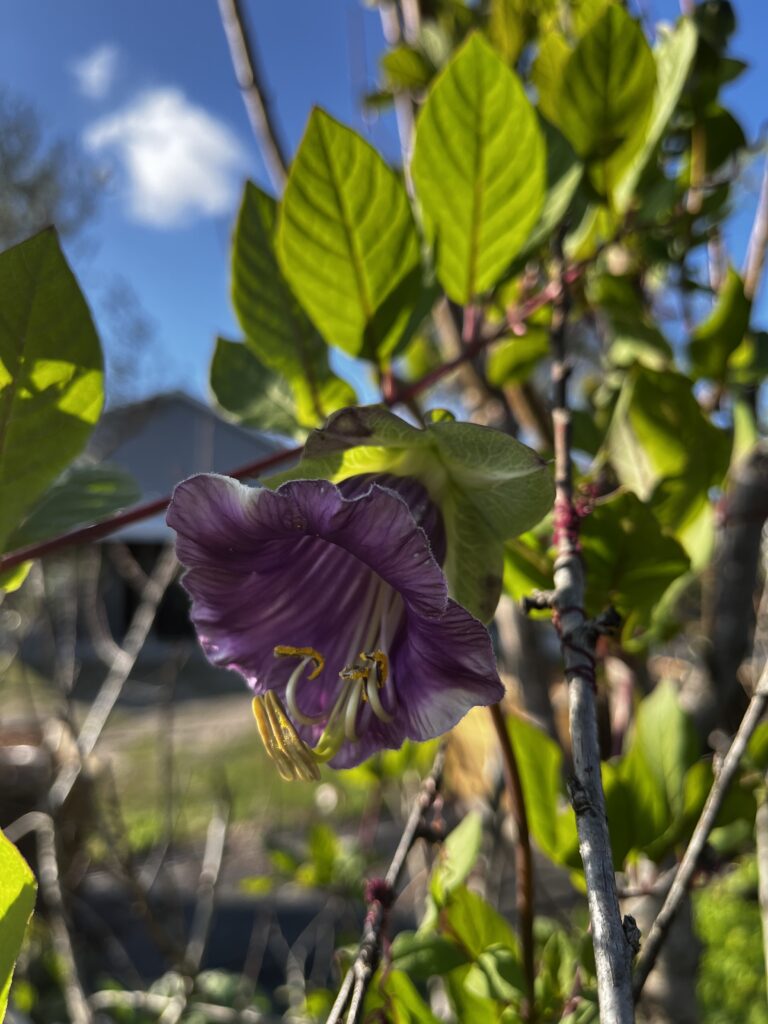
Around the House & Perennial Beds
-
- Dead head spent perennials (i.e. purple coneflower, laitris, or hibiscus), and either save seed OR scatter / cover them for new plants in the spring.
-
- Plant native perennial wildflowers. If you are in central Florida, look at Green Isle Gardens in Groveland. Or check out the native wildflower seed mixes at Hancock Seed Company.
-
- Apply BioAg probiotic spray the day before a rain (to the soil) in order to inoculate the soil with healthy microbes. This will help prevent a lot of common diseases and pests.
-
- Water house plants sparingly.
-
- Only water them when you can put your finger in the soil and it feels dry up to your first knuckle (about 1″ deep). If the soil feels or looks damp – do NOT water.
-
- Water in the sink until water runs out of the bottom, so you know the full root ball is saturated. Let it drain for a few minutes before returning to a sunny spot near a window.
-
- Rotate plants every view days for even light distribution.
-
- Water house plants sparingly.
In the Pasture
-
- Plant Rough Pea (Lathyrus hirsutus), which is a high quality protein (especially for beef cows), helps maintain a healthy gut microflora. High quality digestible fiber.
-
- Winter wheat, Bermuda grass
-
- Radish, turnips, or clover
-
- Plant bamboo, Mulberry, Napier grass, and Elderberry on pasture edges for chop-and-drop foraging or privacy.
Winter Bird-feeding for the Entire Family
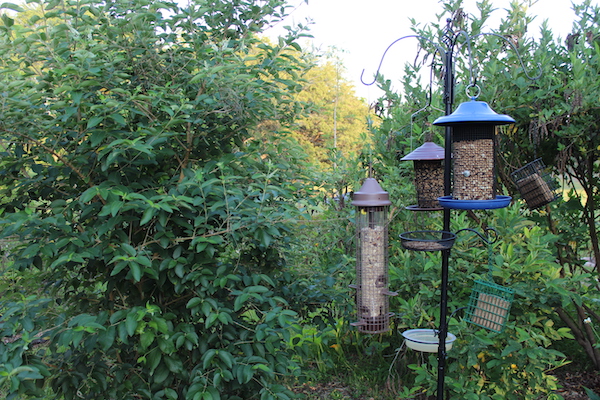
-
- Bird feeding is the perfect kids activity this month! My favorite bird-nerd store is Wild Birds Unlimited (WBU), which is found nationwide. They are not only knowledgeable, but often give free feeders to schools and libraries. Not to mention, the quality of their feed is far superior to box stores. Customize your feeds with different seeds for different birds. Each feed needs a different style feeder, but you can learn more about this by taking your kiddos to WBU.
-
- Nyger and Sunflower Chips: For finches, vireos, and smaller birds
-
- Safflower: Great to keep squirrels away, but cardinals and bluejays love this seed (especially in a hopper feeder)
-
- Shelled Peanuts: For bluejays and woodpeckers
-
- Black-oiled Sunflower Seeds: Everyone loves these! A must have for the feeder. Woodpeckers, sparrows, nuthatches, titmouse, etc.
-
- White Millet: Indigo or painted buntings
-
- Suet: Woodpeckers (ladder back, downy, hairy, red headed, etc.)
Time to Plan
During these winter months while the fruit trees are mainly dormant, it’s the perfect time to plan for the spring. So make a cup of nice winter tea, open up your sketch book, and start brainstorming. But please reach out if we can help you in the process!
If you are interested in a personalized permaculture consultation for your property, we do both in-person visits to your site AND virtual consultations (for those out of our area). These come with varying levels of property designs, maintenance plans, and even recipes for using the items in your food forest! CLICK HERE to learn more.
We offer a wide variety of consultation types to fit an array of budgets and project sizes.
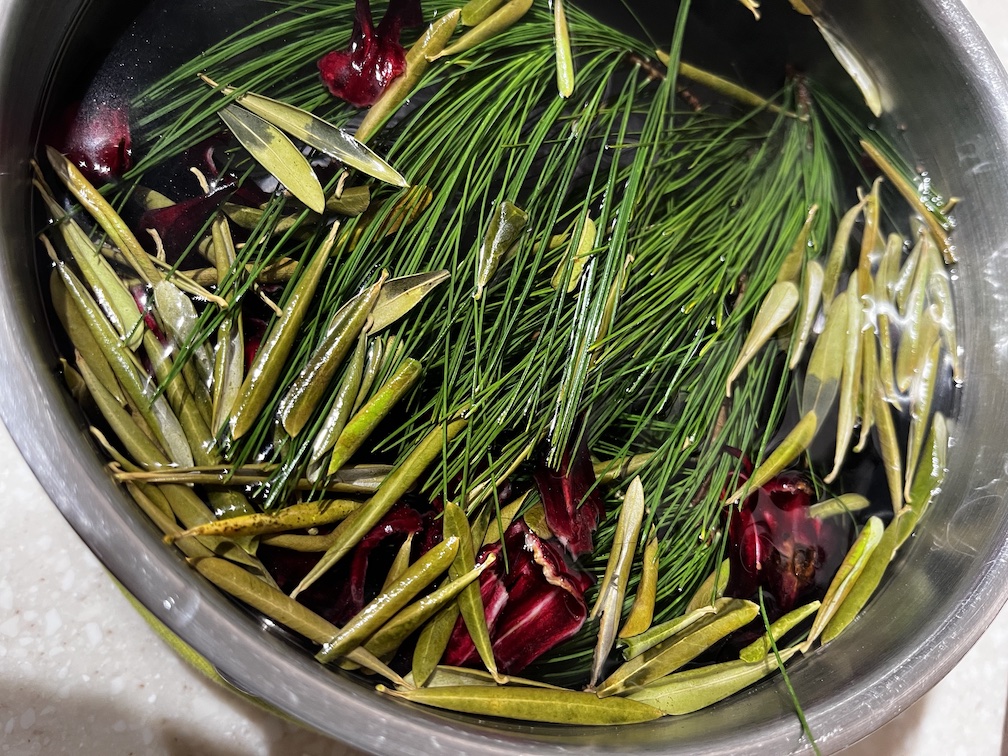
If this content was helpful to you, please help inspire other gardeners by sharing the link on social media or with your favorite gardening group.

What’s included with your Patreon Membership
-
- On-going permaculture / property mentorship
-
- 1st Week of the Month LIVE Q&A
-
- 2nd Week of the Month Practical Permaculture PDF
-
- 3rd Week of the Month Permaculture Class
-
- 4th Week of the Month Farm Interview & Spotlight
-
- Ad-free videos
-
- Behind-the-scenes content
-
- Digital downloads
-
- Exclusive content
-
- Earlybird ticket pricing for in-person events
-
- Early access to all events
-
- Live event VIP
-
- Live Q&As
-
- Livestreams
-
- Video tutorials & lessons
-
- Private community
-
- Exclusive voting power
-
- Quarterly Online Classes – EXCLUSIVE
-
- Monthly Practical Permaculture PDF
NOTE: Membership offerings vary depending on the level of patron support.

